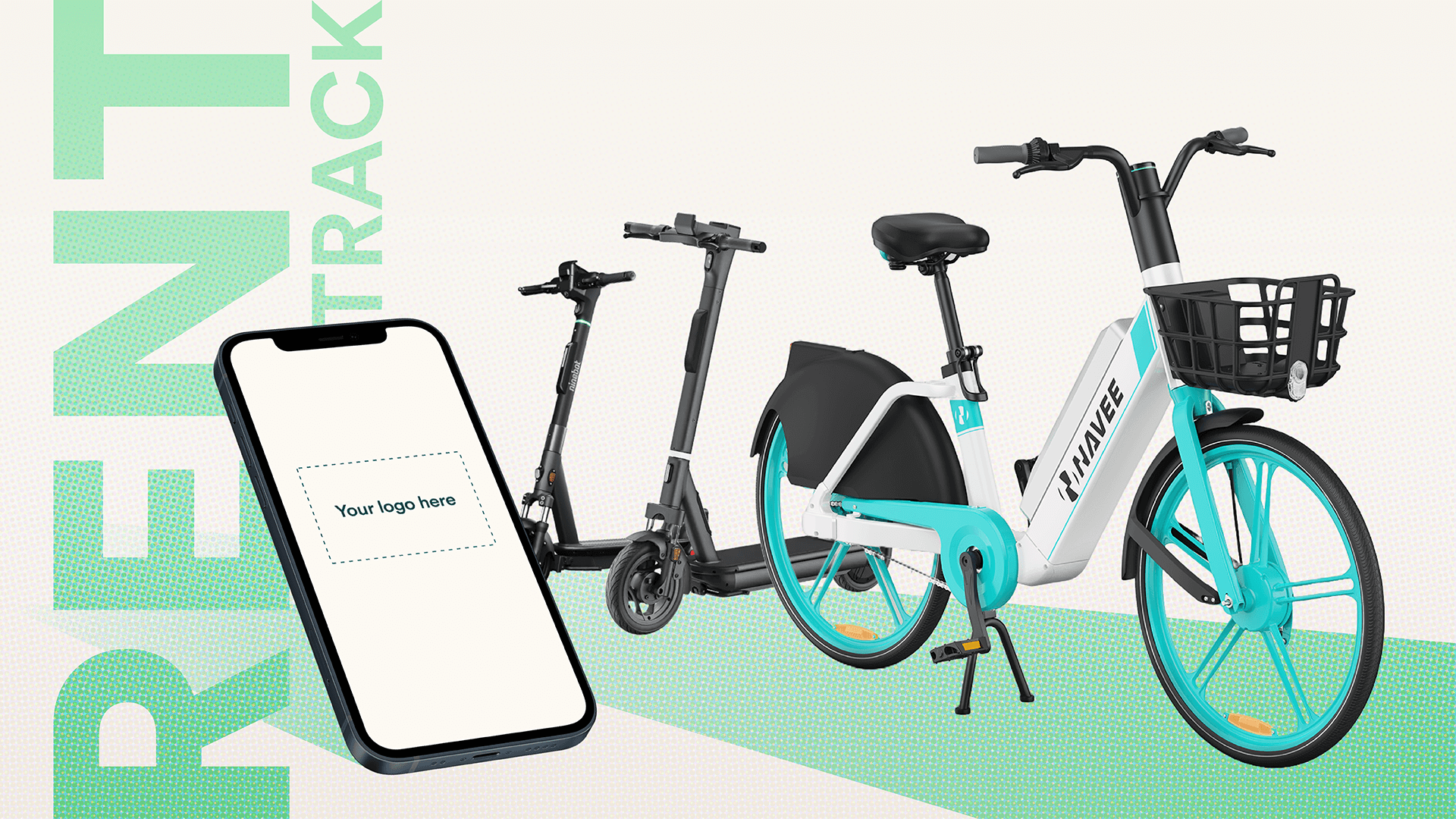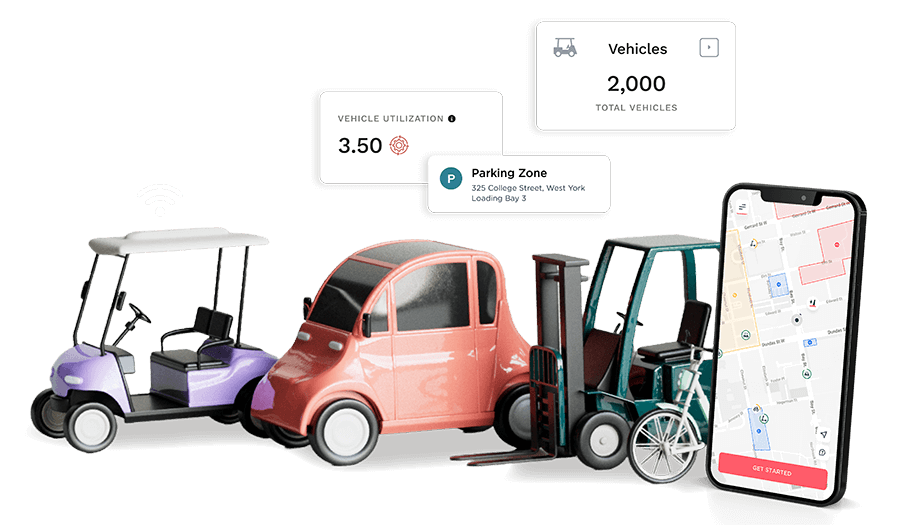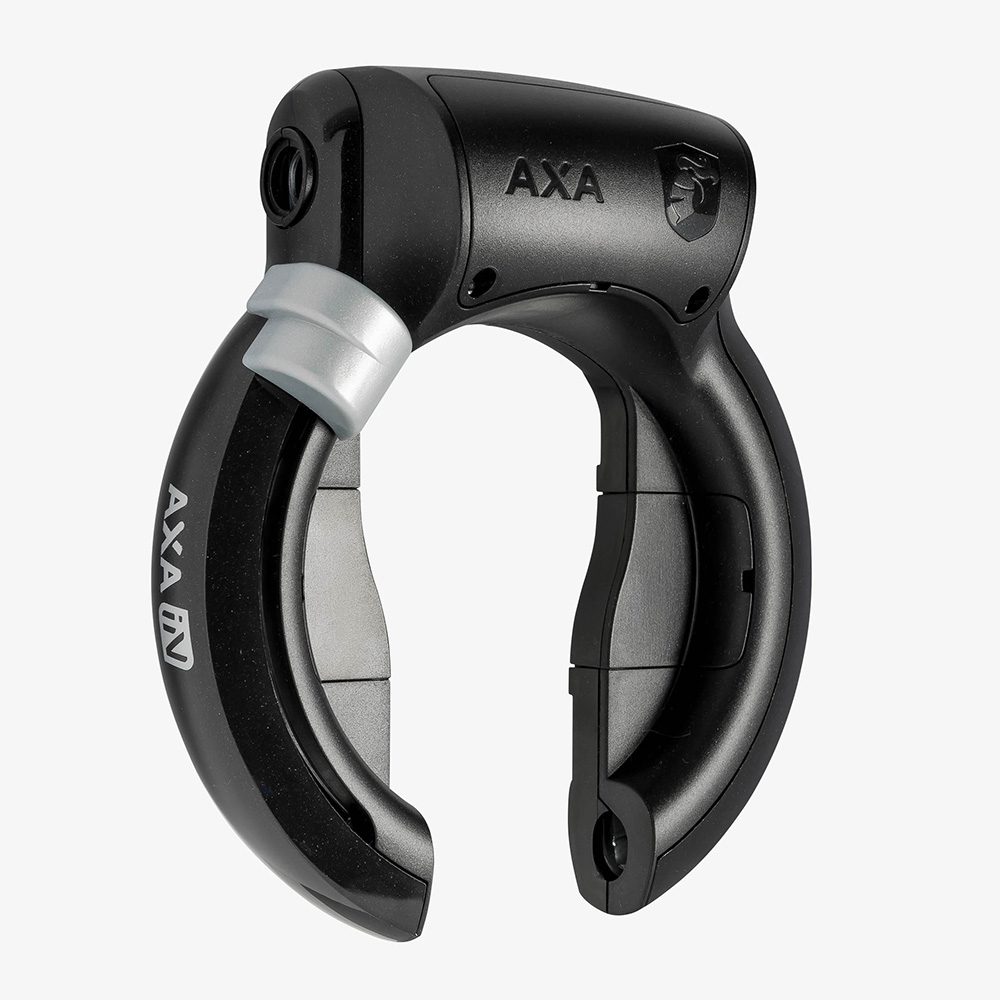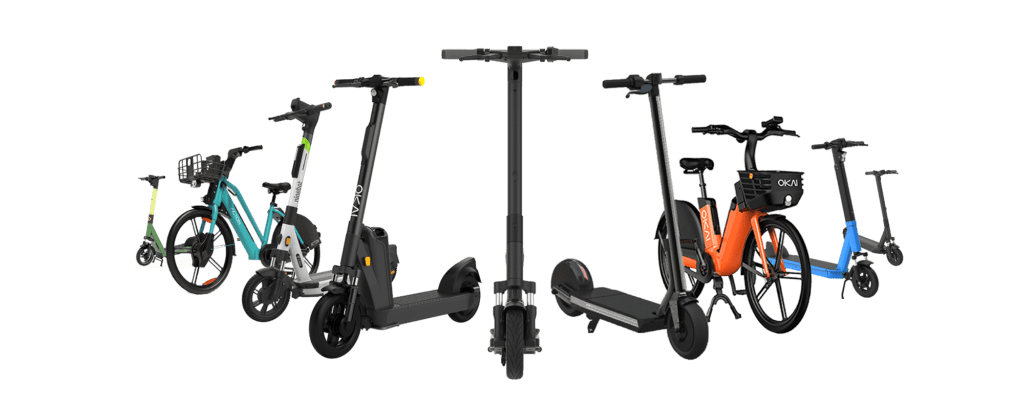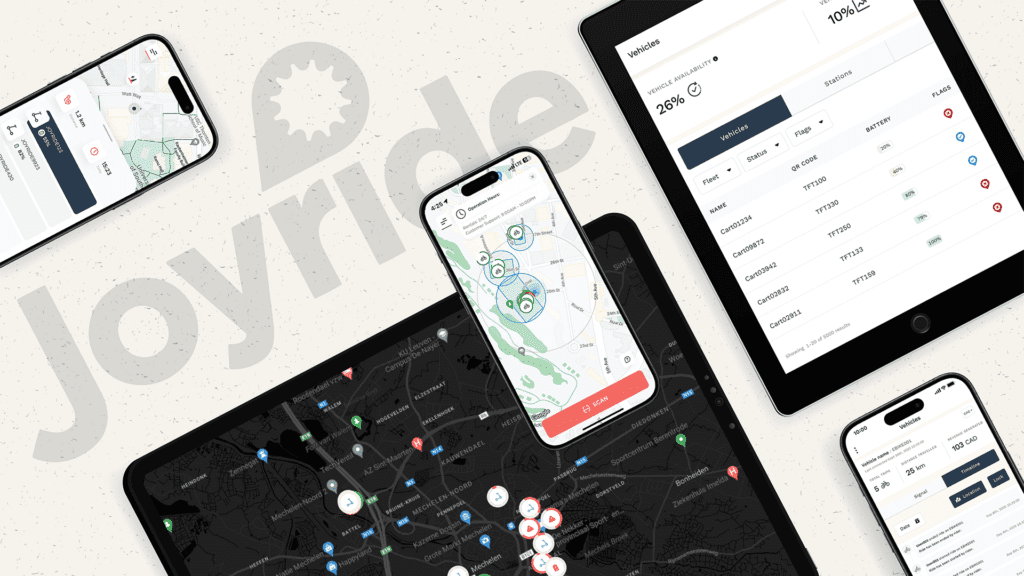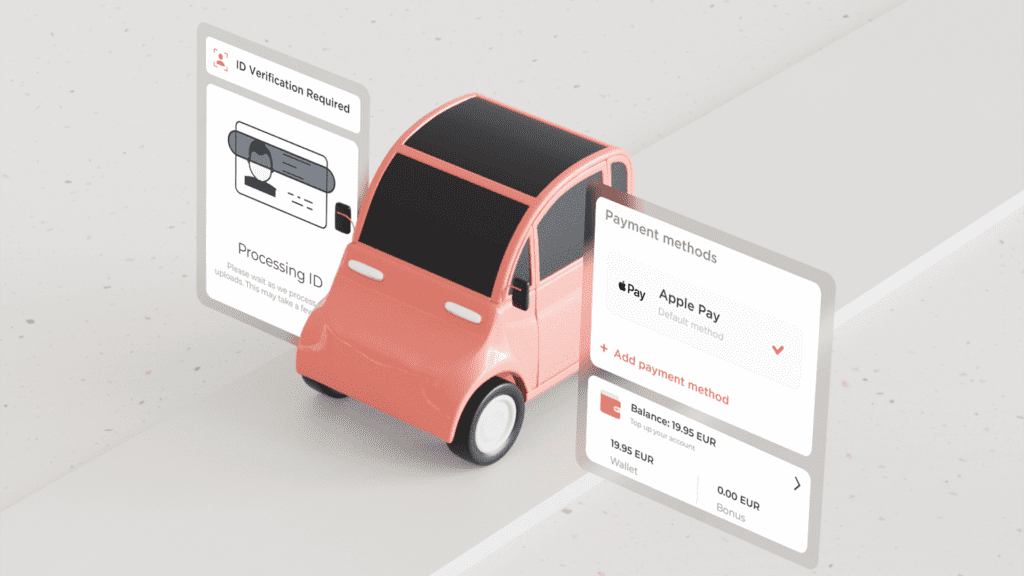Looking to rev up your revenue with shareable electric vehicles? Selecting the best scooters and bikes for your rental business is a big decision that has a lasting impact on the success and efficiency of your service.
A quick online search will flood your screen with options, but hold onto your handlebars before making a hasty order.
In this article, we’ll explain the basics of vehicle rental equipment, compare low-cost versus high-tech solutions and then use these learnings to get you the ultimate smart-connected fleet.
Can I start a rental business with regular bikes or scooters?
While starting a rental business with off-the-shelf bikes or scooters is indeed possible, managing the service will require some manual process pains–think paper waivers, manual data entry, and in-person payment processing at a rental kiosk.
The vehicles themselves will lack all the advanced features and conveniences of smart-connected vehicles, but it’s a viable option for small fleets (10-20 vehicles), and especially for entrepreneurs looking to minimize initial investment costs.
What are smart-connected vehicles?
Smart-connected vehicles are equipped with advanced technologies that enable them to exchange information with external systems and infrastructure. In the case of scooters and bikes, this usually entails GPS (Global Positioning System) technology for accurate location tracking, as well as a telematics system to collect and transmit data related to vehicle performance, usage, battery diagnostics and more.
How to track rental bikes or scooters
Integrating a GPS device into each bike, scooter (or other lightweight electric vehicle) is what allows you to monitor the device location in real-time. If you were to purchase consumer-grade vehicles and tracking devices separately, you’d need to integrate them into a cohesive solution (either by yourself or by hiring someone to do it for you).
Where to buy GPS trackable bikes and scooters
Luckily, there’s no need to reinvent the wheel. Smart-connected e-scooters and bikes from the likes of Okai, Navee and Segway-Ninebot come out of the box (or more likely, off the truck) with integrated GPS trackers.
Even better, commercial vehicles from these suppliers come with a built-in IoT device–connected to the vehicle battery and motor controller, which enables functions such as remote power on/off, on-board geofencing, and user access through a smartphone app.
Ordering scooters and bikes directly from the manufacturer can be tricky, especially considering the current supply chain issues, which is why our global B2B New Mobility marketplace Joyride Garage is a lifeline for so many shared mobility operators.
Are commercial scooters and bikes worth the investment?
Operating an electric scooter or bike rental business with commercial ‘sharing-ready’ vehicles is the best way to differentiate your service from local competitors, and appeal to tech-savvy customers who value convenience and innovation. If you’re looking to minimize manual processes, and maximize the efficiency of your rental fleet, commercial vehicles are a hardware must-have.
That said, if you’ve researched one or more of the previously mentioned brands, you’ll notice that commercial vehicles sport a higher price tag than the average consumer model. Smart-connectivity comes with a cost, but there are a few alternatives for entrepreneurs more willing to invest time than money.
Depending on your budget and feature requirements, there are three options to choose from when starting up a bike share or electric scooter rental business:
Option 1: Attach a smart lock / ERL
An ERL lock, or electronic ring lock (aka horseshoe lock), can be procured individually and mounted onto the rear wheel frame of any physically compatible pedal bike or e-bike. Most of these devices are Bluetooth enabled and/or IoT enabled, with all the similar data feeds to your fleet management system as you would see in a sharing-ready vehicle.
The key difference is a lack of integrated connection to the vehicle’s motor controller and battery (if on an e-bike). Why is that important? ERLs have batteries of their own that require charging. After a certain number of locks and unlocks, each device will need to be charged, potentially creating downtime and lost revenue for your business.
If your goal is simply to remotely lock and unlock the rental bikes, this is a viable option used by many shared mobility operators today.
The advantages of this route is that the total cost of ownership for a fleet of mid-quality bikes / e-bikes and smart locks may come out to less than purchasing sharing-ready vehicles. Plus, it’s fairly simple for an individual with engineering experience to install an ERL on a pedal bike or e-bike. This option also provides basic security and tracking capabilities.
Option 2: Retrofit an IoT device
If the simple unlock / lock and tracking features of a smart lock isn’t enough, installing an IoT device will provide greater control over vehicle activity. If you are purchasing new electric scooters and bikes for your rental business, this is not recommended.
In the case of an existing fleet of scooters or bikes that you plan to retrofit, you would want to connect with the main manufacturers of the IoT device and the chosen vehicle(s) in order to confirm compatibility (this will require you to integrate the firmware of both so they can communicate with each other and allow charging and diagnostic data feeds to flow freely).
The advantages here are total control over vehicle connectivity features, lower upfront cost versus purchasing sharing-ready vehicles (alternative investment in time and engineering fees), and no minimum order quantity from a supplier.
Option 3: Opt for Sharing-Ready Vehicles
Investing in a fleet of sharing-ready scooters and bikes isn’t just about easy procurement—it’s a tried and true business decision for scooter and bike rental businesses around the world. While these ready-to-go solutions may come with a higher upfront cost, they offer a more reliable guarantee of user satisfaction and long-term operational efficiency.
Our preferred suppliers include:
Navee, Segway-Ninebot, Okai, Feishen, Today, Fifteen, Äike
The advantages are that you receive ready to go out-of-the-box with vehicle features purpose-built for scooter and bike rental businesses, and these vehicles are already integrated with major software platforms like Joyride. Plus, these vehicles have a robust frame and components to withstand heavy usage, along with very important swappable batteries.
With these advantages, however, come longer lead times for manufacturing as well as minimum order quantities.
The best way to work around these hurdles is by purchasing vehicles through Joyride Garage.
Which option is best?
As a software provider, we’ve seen and supported a myriad of connected-vehicle solutions, but the greatest success rate is usually found in those who prioritize a balance between upfront investment and long-term benefits.
Ultimately, the decision boils down to your unique circumstances and objectives. If you have the budget and desire for a seamless user experience, investing in commercial sharing-ready vehicles may be the way to go. Conversely, if you have the technical expertise and inclination for customization, a custom hardware solution could offer greater flexibility.
Whichever path you choose, remember to weigh the pros and cons carefully,

